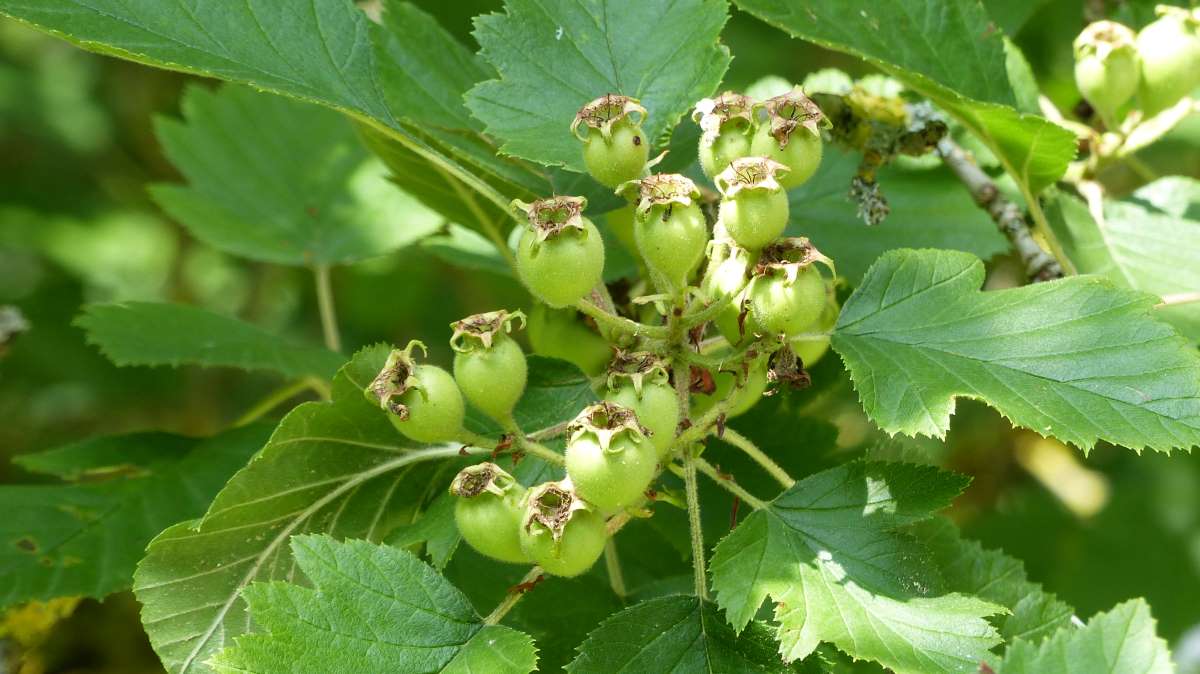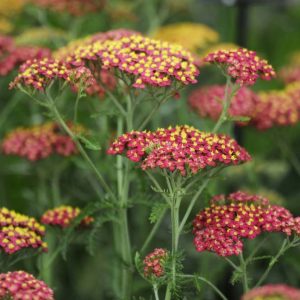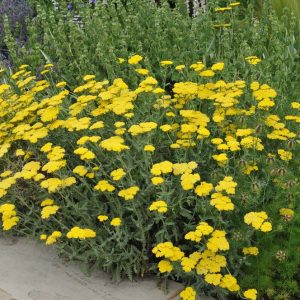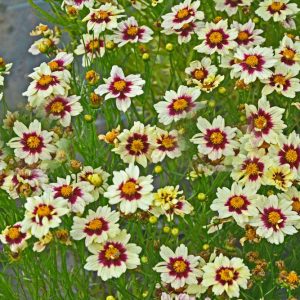Description
Crataegus – Hawthorn – May –
There are about 200, species of robust,, usually sharply thorny, deciduous sometimes semi evergreen small trees and large shrubs, in this genus. They occur in woodland and scrub in Europe, Asia and Eastern North America. The leaves are alternate, simple to lobed, or toothed, mostly ovate or obovate, and mid to dark green, a few species produce good autumn color. In late spring or summer it bears 5 sepals/petaled, white, or rarely deep pink flowers are usually shallowly cup shaped and mostly carried in flat or rounded umbels at the ends of short, leafy shoots, although (rarely) they may be solitary. Miniature apple like fruits are borne in autumns, consist of fleshy exteriors with bony nutlets, they are mostly red but may also be black, yellow, or bluish green. Hawthorns are grown for their long season of interest, and for attracting wildlife. They are particularly useful specimen trees, for hedging, and for an urban, coastal, or exposed garden. The seeds may cause mild stomach upset if ingested.
Grow in any (except waterlogged) soil, in full sun or partial shade. Trim hedges after flowering in autumn.
Prone to tree borer, caterpillars, leaf miners, skeletonizer, scale insects, fire blight, cankers, cedar-apple rust, powdery mildew, apple scab, pear slugs, cherry slugs, sawfly, and a variety of fungal spots
C. mollis – Downy Hawthorn – Red Haw – This rounded, spreading, variably thorny, deciduous tree from Central North America grows 30-45′ feet tall and 25′ feet wide. From white hairy young shoots it carries broadly ovate to egg shaped, toothed, shallowly lobed softly hairy mid green leaves, 2-4″ long, turning yellow to bronze-red in autumn. In late spring it bears densely woolly corymbs of white flowers, 1″ across, followed by pear shaped, softly hairy, deep red fruit, to 1″ in diameter.
Zones 4-8





